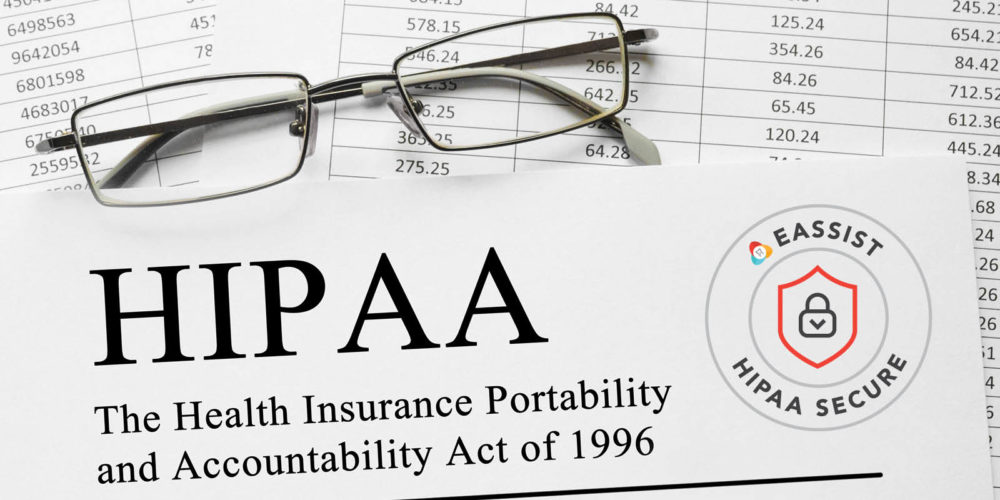What it Costs a Dentist to File Insurance Claims for Patients
The argument is conclusive in that having dental insurance benefits is better than not having any according to the Delta Dental Plans Association:
For every person without medical insurance, there are approximately 2.8 people without dental insurance.
Although almost 85 percent of the total population has medical coverage, only 57 percent of the total population has dental coverage, among those without dental benefits, “lack of insurance” was the most commonly cited reason (44 percent) for not visiting the dentist. Individuals living with an income below 200 percent of poverty level were more than twice as likely to report delaying dentist visits because of cost. The most commonly reported individual health-related service not received because of cost is dental care
Eighty-one percent of individuals with dental benefits reported seeing a dentist twice a year or more, while only 34 percent of uninsured individuals reported the same frequency of seeking preventive care. Furthermore, people without dental benefits are less likely to have tooth-saving and restorative procedures (fillings, crowns, root canals) than those with benefits but more likely to have extractions and dentures.
Dental benefits play a critical part in attracting and retaining quality talent – as confirmed by a survey of attitudes toward employer benefits. It showed that 70 percent of respondents feel it is “very/somewhat important” that prospective employers provide dental benefits. Those who currently receive dental benefits place a high perceived value on their coverage – as indicated by their reported willingness to pay up to three-and one-half times more to acquire such a benefit. Delta Dental Plans Association
Patients place a high level of value on their dental plans regardless of what the plan actually covers. Since the 1960s when dental insurance was first offered by employers, the maximum per calendar year has not changed with the average still being $1,000.00 per calendar year or fiscal year. $1,000.00 in the 1960s provided a lot of dental care as compared to the present, virtually little.
Statistics alone factor that more people visit the dentist that have insurance than those that don’t. A dentist that is not a Preferred Provider in a network of insurance companies can lower the revenue into the practice considerably. So a patient might say “Why doesn’t my dentist accept my dental plan?”
It would seem obvious that if the dentist was in the PPO network he/she would get more patients thus would make more money. The opportunity to attract more patients is there but because of the constraints on optimum care and the reduction by 30% or more of the dentist fee the PPO network dentist must rely on volume and efficiency to survive.
The costs to do business are the same whether the dentist is in or out of the patient’s network. Salaries, dental supplies, equipment and modern facility maintenance and updates have to be paid at today’s standard regardless of the source of revenue.
Many a general dental practice has a demographic of anywhere from 60 to 90% of its patient base with some form of dental insurance benefit.
Quality care comes at a quantified price and the dentist’s efforts to control some costs are not sufficiently successful to achieving the goal. Good dentistry cannot be sacrificed to be profitable in the PPO network.
To be able to handle the volume of patients generated by being a PPO network provider the dentist now must hire more people to work in the front office and in the back office area. If the dentist has signed up for ten or more networks such as Delta Dental, Aetna, Cigna, Guardian, MetLife etc. he/she must have the business staff access these networks to verify coverage and benefits for all patients plus enter all of the different fee schedules into the computer to be able to give as close an accurate treatment plan as possible. More practices lose patients over miscommunication involving dental insurances and billing than they do in actual clinical dental care. There now must be a concentrated effort to collect co-payments and applicable deductibles (as contract stipulates) from patients to ensure adequate cash flow to keep operations in the black.
Achieving treatment acceptance involves being able to explain the coverage and financially prepare the patient for out of pocket costs. This takes time at the desk and is often cut short by phone interruptions and patients needing checking in and out.
Volume would dictate that the dentist must work out of two to three rooms at a time and perhaps double up on hygiene days or hire another dentist to be able to see more patients within a shorter period of time. Equipment/technology cost management, staff management and facility maintenance become larger issues and stress levels shoot up.
According to PayScale.com the median salary for an Insurance Coordinator is $16.00 an hour (December 2014). For an average of 32 hours a week this would be about $2304.00 a month. This is considered a full time position in practices with heavy PPO network numbers. This person usually has other duties associated with the front desk but is mostly concerned with checking and filing insurance claims, attaching narratives and other documentation, follow-up on unpaid claims, verifying insurance eligibility and coverage for each patient, entering it in the system and making some financial arrangements and billing follow-up also. Research shows that follow-up on unpaid claims often requires up to 20 minutes on the phone per issue and then letters and documentation follow-up resulting in an average of 60 days before payment or a final denial is received. Are there other options?





0 Comments